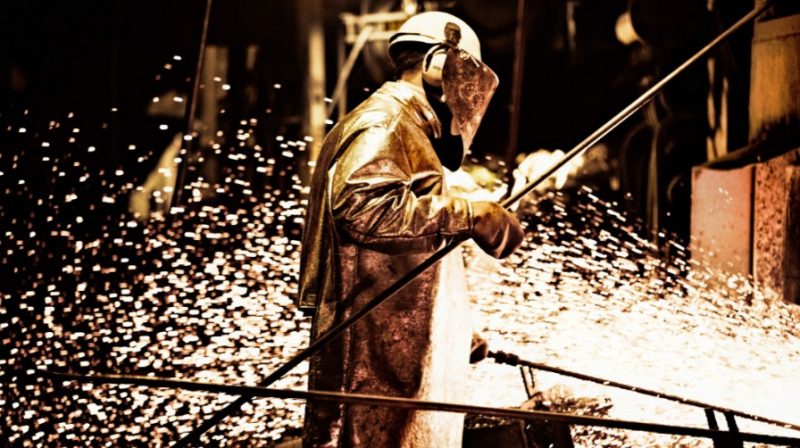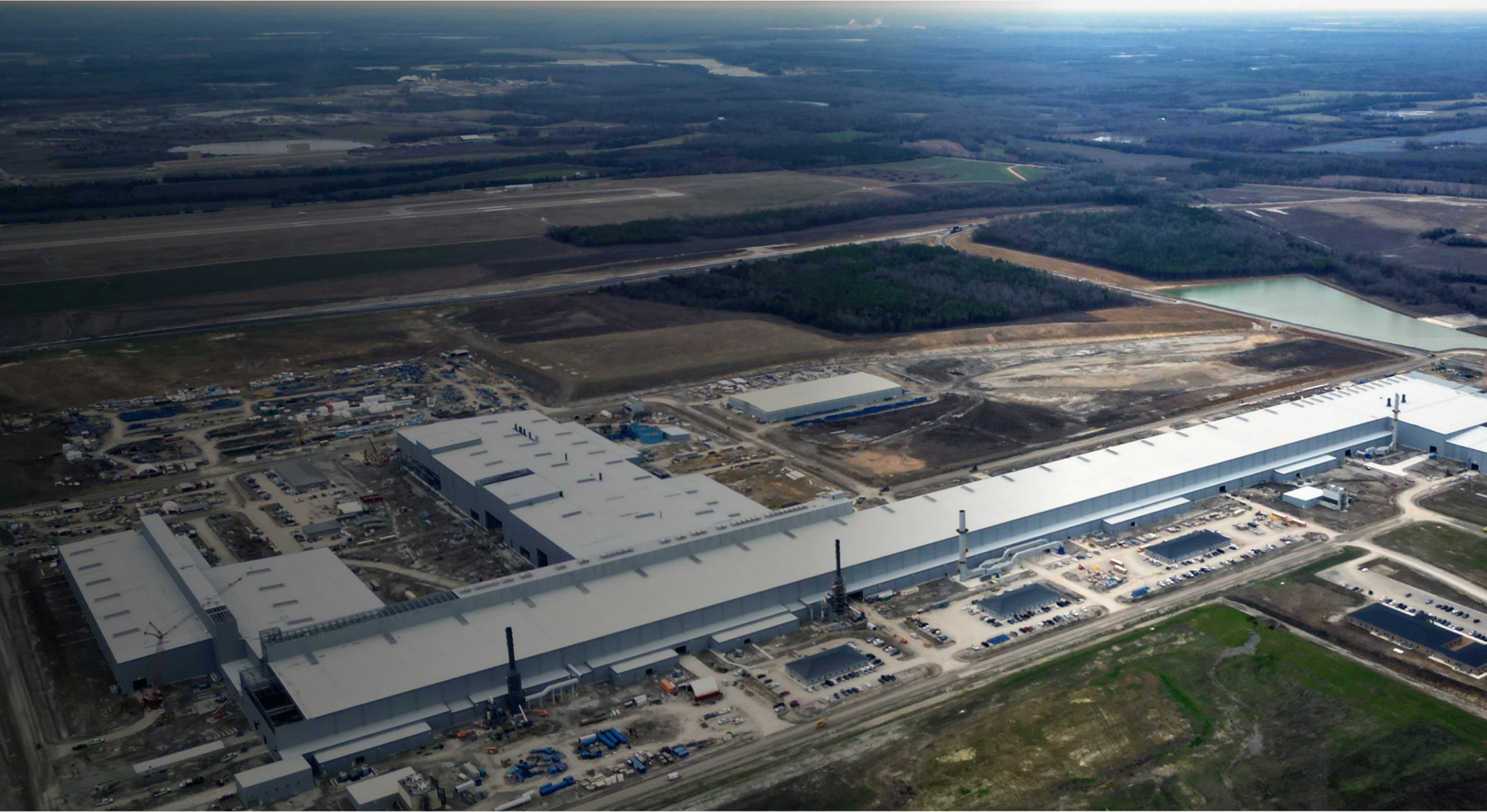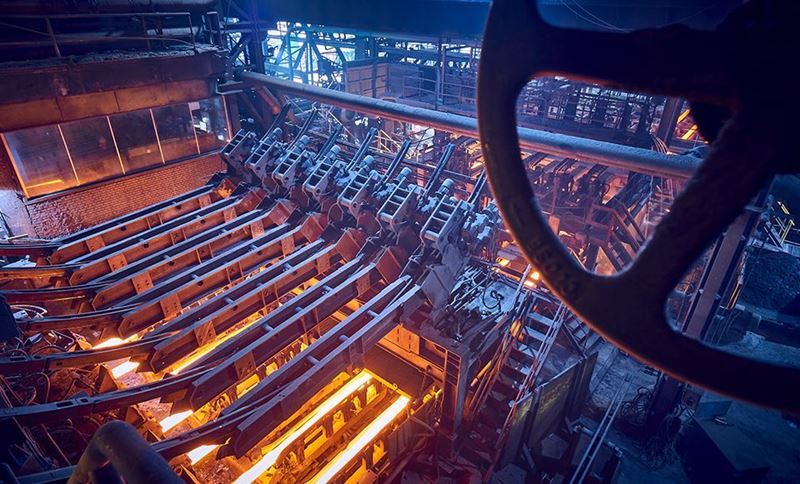
Introduction: $1.6 Trillion Needed for Low-Carbon Materials Projects
A recent report shows that $1.6 trillion in funding will be required for low-carbon materials projects across sectors like chemicals, fuels, and metals. The current $250 billion allocated so far falls short of the amount needed to accelerate the transition to clean industrial practices. Countries such as Indonesia and Morocco have secured a significant portion of this investment for clean industrial plants. However, more investment is essential to meet global net-zero emission goals.
Rising Demand for Low-Carbon Materials Across the Globe
The Mission Possible Partnership (MPP) reports that clean energy-driven industrial projects are central to reducing emissions in sectors like chemicals, fuels, and metals. Currently, 69 projects operate using clean energy, with another 65 already funded. However, as industrial activity grows in newly industrialized countries like Indonesia and Morocco, the required global investment must increase significantly. Faustine Delasalle, CEO of MPP, highlighted that these projects need access to affordable, reliable, and clean electricity to succeed.
Around 59% of the $1.6 trillion investment pipeline focuses on industrial “sunbelt” countries. These regions are expected to surpass Western nations in ammonia production, a key industry for sustainable agriculture. The demand for low-carbon materials is growing rapidly, especially in the metals sector, where projects like green ammonia and sustainable aviation fuels are gaining momentum.
Metals Sector Focus: Steel and Aluminum
In the metals sector, particularly steel, there is a large funding gap. The industry needs to finance 90 new near-zero-emission primary steel plants to reach net-zero goals by 2030. The aluminum sector faces similar challenges, needing 165 additional projects to meet clean energy targets. These metals are crucial for modern infrastructure and technology, making their shift to low-emission production methods a key element of global sustainability.
SuperMetalPrice Commentary:
The findings in the MPP report stress the urgent need for large investments in low-carbon material projects. The metals sector, especially in steel and aluminum, has a long road ahead to meet its emissions goals. While the rise of industrial sunbelt nations presents promising growth, the funding gap could slow progress. The $1.6 trillion required for low-carbon projects is critical to achieving net-zero goals by 2030. To successfully transition to a greener future, substantial investment and collaboration across industries are essential.











Leave a Reply
You must be logged in to post a comment.